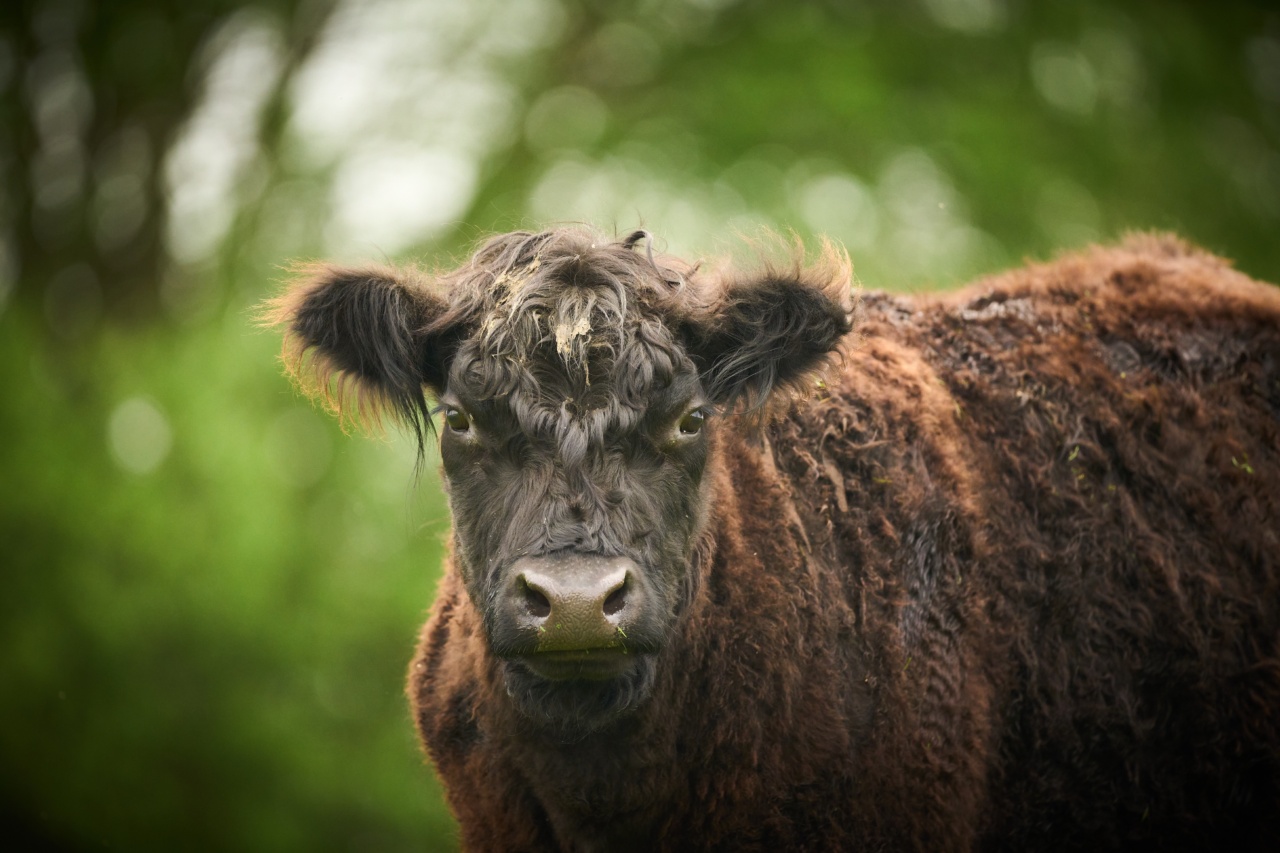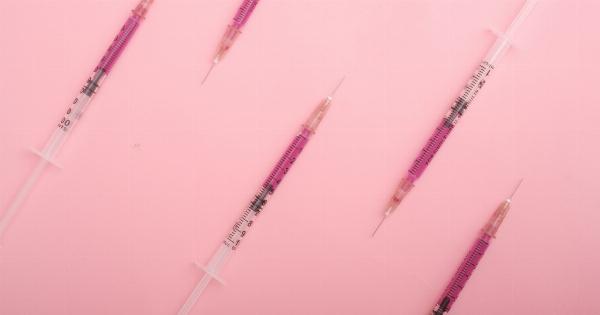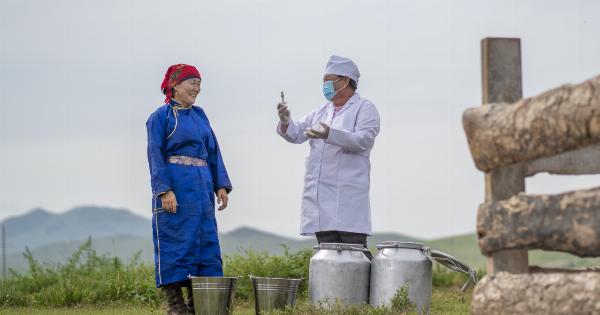Mad Cow Disease, also known as bovine spongiform encephalopathy (BSE), is a fatal neurodegenerative disease found in cattle. It is caused by an infectious protein called a prion.
In humans, the disease is called variant Creutzfeldt-Jakob disease (vCJD) and is caused by consuming contaminated beef products. Since the outbreak in the late 1990s, strict regulations have been put in place to prevent the spread of the disease. However, recent reports suggest that Mad Cow Disease may be making a comeback.
What is Mad Cow Disease?
Mad Cow Disease is caused by a prion, which is an infectious protein. When a prion enters the body, it causes normal proteins to misfold and clump together, leading to the formation of spongy holes in the brain.
This causes a progressive decline in brain function and eventually results in death.
The disease was first identified in the United Kingdom in the 1980s and quickly spread throughout Europe. The main cause of the outbreak was the practice of feeding cows with meat and bone meal made from other cows.
This spread the disease from infected animals to healthy ones.
The Impact of Mad Cow Disease
The outbreak of Mad Cow Disease had a significant impact on the cattle industry. Consumers lost confidence in the safety of beef products, and many countries banned the import and export of beef.
The cost of dealing with the outbreak and implementing new regulations was high, and many farmers were forced to abandon their businesses.
In humans, vCJD was identified as a new variant of Creutzfeldt-Jakob disease, a rare and fatal brain disorder. It was linked to the consumption of beef products contaminated with the prion causing Mad Cow Disease.
Symptoms of vCJD include dementia, memory loss, and difficulty moving. The disease is incurable and fatal, with a long incubation period of up to 30 years.
The Regulations in Place
Since the outbreak of Mad Cow Disease, strict regulations have been put in place to prevent the spread of the disease.
These regulations include the ban on the use of meat and bone meal made from other animals in feed for cattle, and the removal of specified risk material (SRM) from animal carcasses before they are used for human consumption.
In the European Union, all cattle over 30 months of age are required to be tested for the presence of BSE before they can be used for human consumption. In the United States, cattle over 30 months of age are banned from human consumption.
Recent Reports of a Comeback
Despite the strict regulations in place, recent reports suggest that Mad Cow Disease may be making a comeback. In 2020, two cases of BSE were reported in Brazil, a country that had been free of the disease since 2012.
Both cases were identified in animals that were over 14 years old, suggesting that exposure to contaminated feed could have occurred many years ago.
Other countries have also reported cases of BSE. In Canada, a case was reported in 2015, and in Poland, two cases were reported in 2019.
While the number of cases reported is low, it raises concerns about the effectiveness of the regulations in place and the possibility of a new outbreak.
The Importance of Monitoring
The recent reports of BSE highlight the importance of monitoring for the disease. Testing of cattle is essential to ensure that infected animals are not entering the food supply.
In addition, surveillance of the disease in both cattle and humans is necessary to detect any potential outbreaks early.
Testing for BSE is a costly process, but it is necessary for ensuring the safety of the food supply. Countries need to continue investing in monitoring programs to prevent a new outbreak and protect public health.
Conclusion
Mad Cow Disease had a significant impact on the cattle industry and public health. While strict regulations have been put in place to prevent the spread of the disease, recent reports suggest that it may be making a comeback.
Testing and surveillance for the disease are essential to detecting any potential outbreaks early and ensuring the safety of the food supply.





























